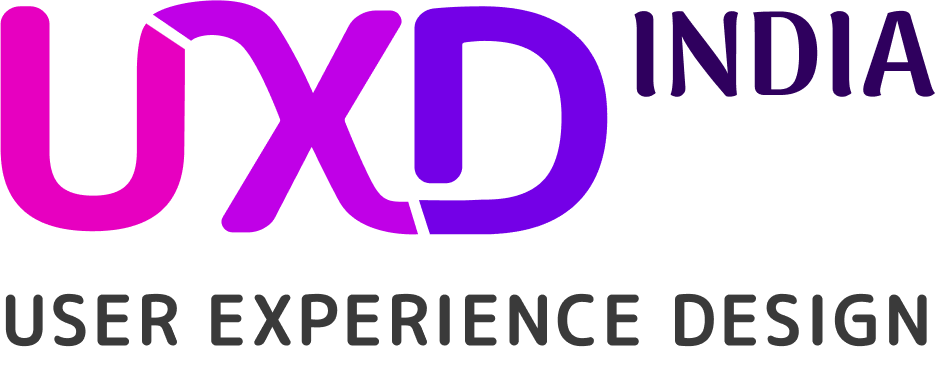Essential Features Every Powerful HRMS Platform Must Have

Why do some organizations attract top talent and manage their workforce with ease, while others constantly struggle with HR chaos, compliance issues, or outdated employee data?
The answer often lies in one key decision: choosing the right HRMS—Human Resource Management System.
But with hundreds of platforms in the market, how do you know which Human Resource Management System features truly matter? And what role does integration with tools like a Customized CRM play in enhancing people operations?
Let’s unpack the must-have features that separate high-performing HR teams from the rest—backed by real-world cases and data-driven insights.
1. Unified Employee Database with Real-Time Updates
A modern HRMS must offer a centralized employee database where all personnel details—contact info, qualifications, job role, salary history—can be accessed instantly. This eliminates duplication, miscommunication, and manual spreadsheets.
Real-world example:
Infosys, one of India’s largest IT companies, uses its internally developed Human Resource Management System (called InfyMe) to centralize employee data for its global workforce of over 300,000. The tool provides real-time updates and personalized HR services through a self-service portal. Source: Infosys Annual Report 2023
Source: https://www.infosys.com
2. Integrated Payroll & Compliance Management
Manual payroll can be a nightmare, especially when labor laws change often. An HRMS with built-in payroll tools and compliance alerts ensures that tax deductions, provident fund contributions, and salary disbursals are accurate and timely.
Why it matters:
According to a report by PwC, 37% of small to mid-sized businesses in India face payroll-related legal issues due to human error or outdated software. Source: PwC India Payroll Report
Source: https://www.pwc.in
3. Recruitment Module That Integrates With Your Customized CRM
Can your HRMS talk to your Customized CRM? If not, your HR and sales teams may be working in silos.
A powerful Human Resource Management System should include a recruitment module that syncs with CRM tools to provide hiring managers with data on candidate interactions, referrals, and even client-linked recruitment efforts (especially useful for staffing or consulting firms).
Real Example:
Randstad, a global staffing firm, integrates its HRMS with a custom CRM to track both client job requests and candidate pipeline. This cross-functional visibility enables faster placements and better hiring outcomes. Source: Randstad’s Tech Strategy
Source: https://www.randstad.com
4. Employee Self-Service (ESS) Portals
Your HR team shouldn’t have to answer “How many leaves do I have left?” 50 times a day. A great HRMS empowers employees with self-service capabilities: leave applications, payslip downloads, timesheets, and policy access—all in one dashboard.
Real Example:
TCS uses its Ultimatix platform to allow employees across continents to manage everything from timesheets to travel reimbursements—without HR intervention. This has streamlined operations across 150+ countries. Source: TCS Careers Portal
Source: https://www.tcs.com
5. Analytics & Reporting for Smarter Decisions
Does your HRMS give you insights or just store data?
Real-time dashboards on absenteeism trends, hiring costs, performance metrics, and attrition risk allow leaders to make proactive decisions.
Industry Insight:
According to Deloitte’s 2023 Human Capital Trends, organizations that use advanced HR analytics see a 21% higher profitability than those that don’t. Source: Deloitte HC Trends
Source: https://www2.deloitte.com
6. Learning & Development (L&D) Management
In a rapidly evolving job market, ongoing learning is non-negotiable. A strong HRMS must include modules for onboarding, skill development, training calendars, and performance-linked learning paths.
Real Example:
Flipkart uses its Human Resource Management System to run personalized L&D tracks for every employee role, which helped reduce attrition by 15% among junior staff over two years. Source: Flipkart Careers Report
Source: https://stories.flipkart.com
7. Mobile Accessibility and Cloud Backup
Modern HR doesn’t happen only at desks. Your HRMS must be mobile-friendly, offering core features like approvals, messaging, and document access from any device. Cloud backup ensures disaster recovery and data integrity.
Market Leader:
SAP SuccessFactors, used by global enterprises like Siemens and Coca-Cola, emphasizes mobile-first HR experiences and secure cloud infrastructure. Source: SAP SuccessFactors Case Studies
Source: https://www.sap.com
8. Performance and Feedback Modules
A performance module with 360° feedback, automated goal setting, and review cycles can radically improve team productivity. Look for HRMS that allows integration with Customized CRM to align employee goals with business outcomes (especially in sales and support teams).
Example:
Zoho People lets managers track project goals linked with client deliverables directly from Zoho CRM, encouraging transparency and cross-department collaboration. Source: Zoho People & CRM Integration
Source: https://www.zoho.com
Are You Choosing a Smart HRMS or Just a Digital Register?
Does your current HR system feel like it belongs in 2010?
Are your HR processes helping your company grow—or just keeping the lights on?
Whether you’re a startup scaling fast or a mid-size business trying to retain top talent, investing in an HRMS with the right features is not optional anymore—it’s foundational.
